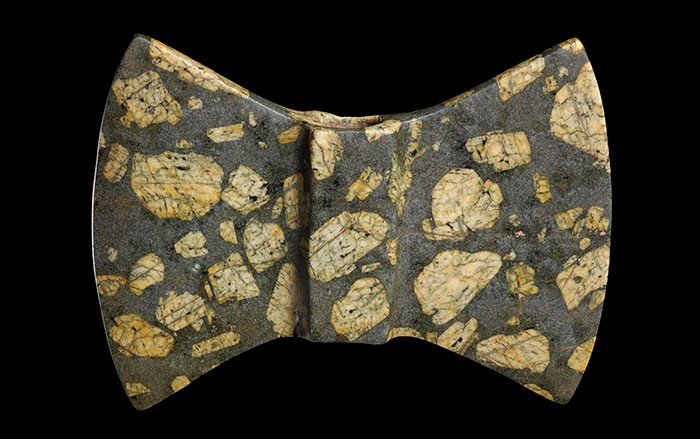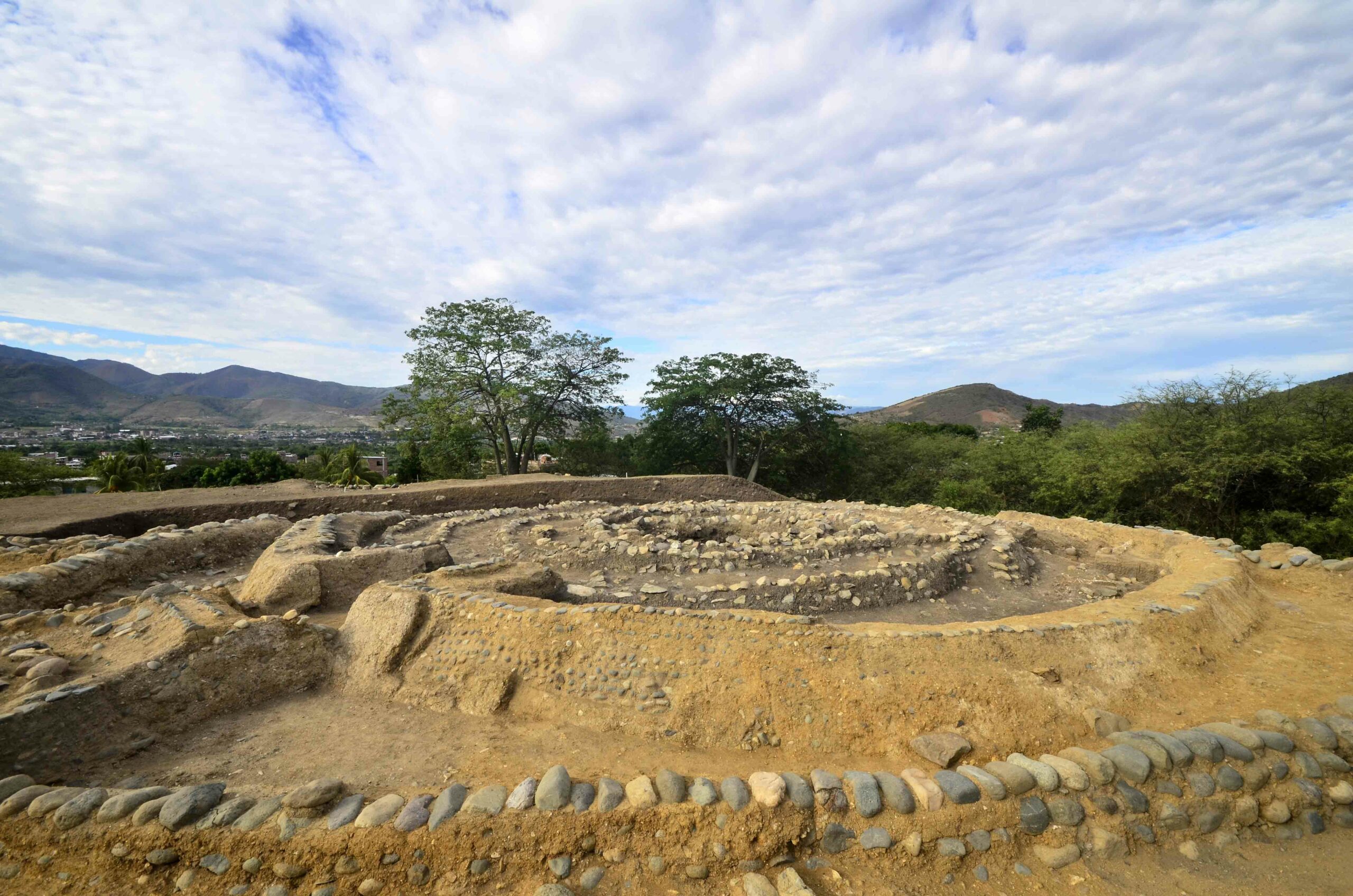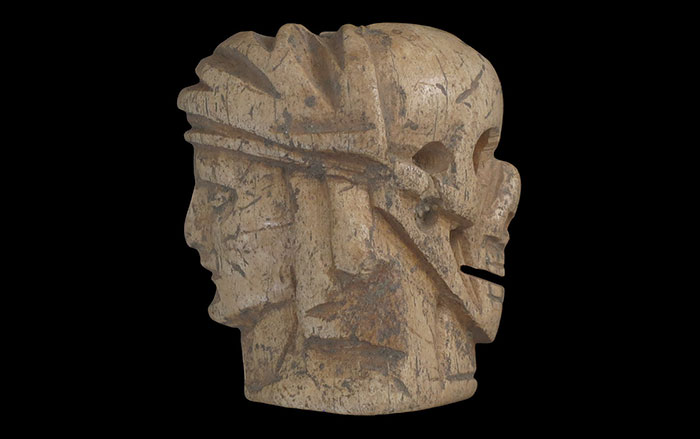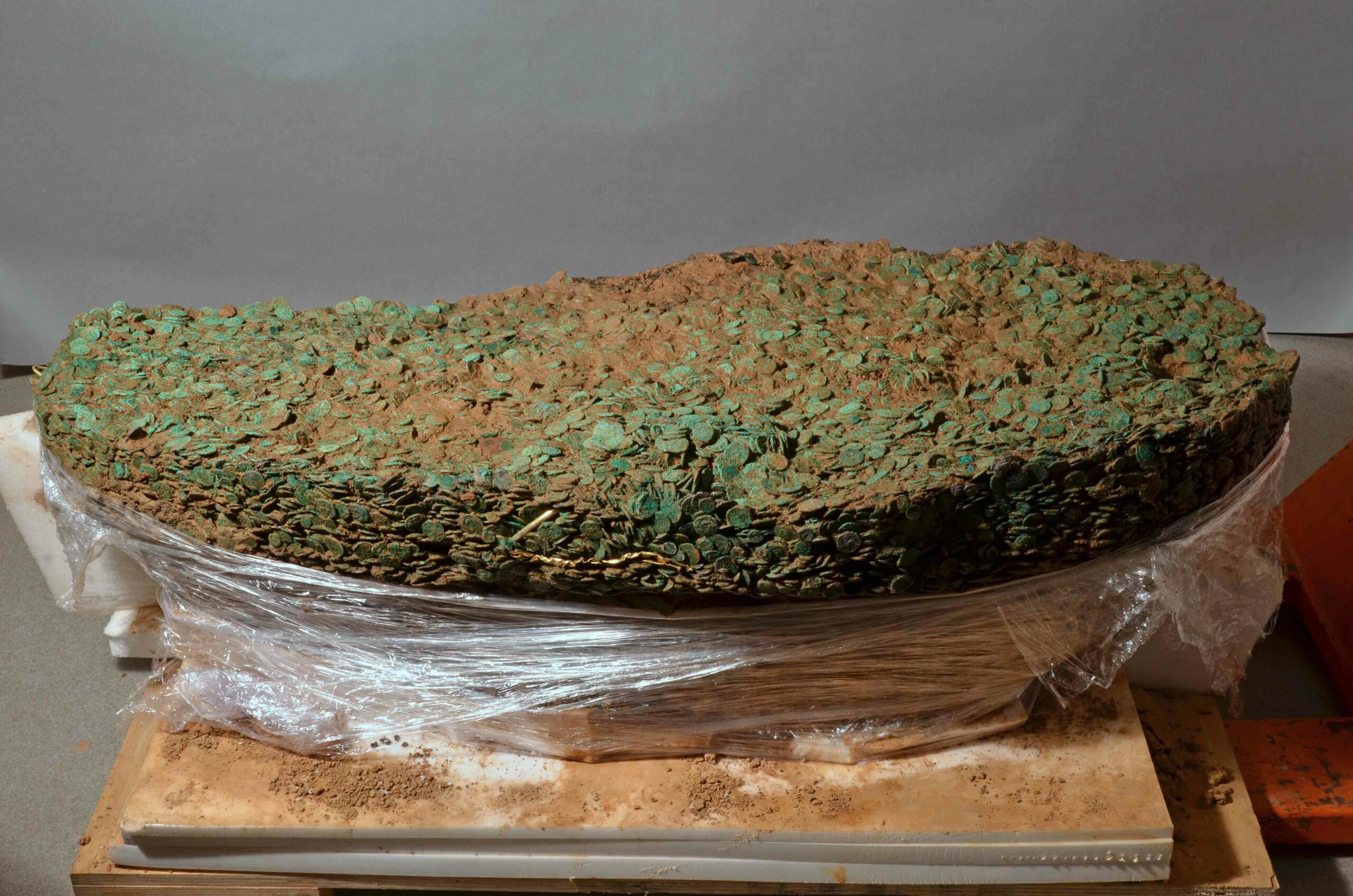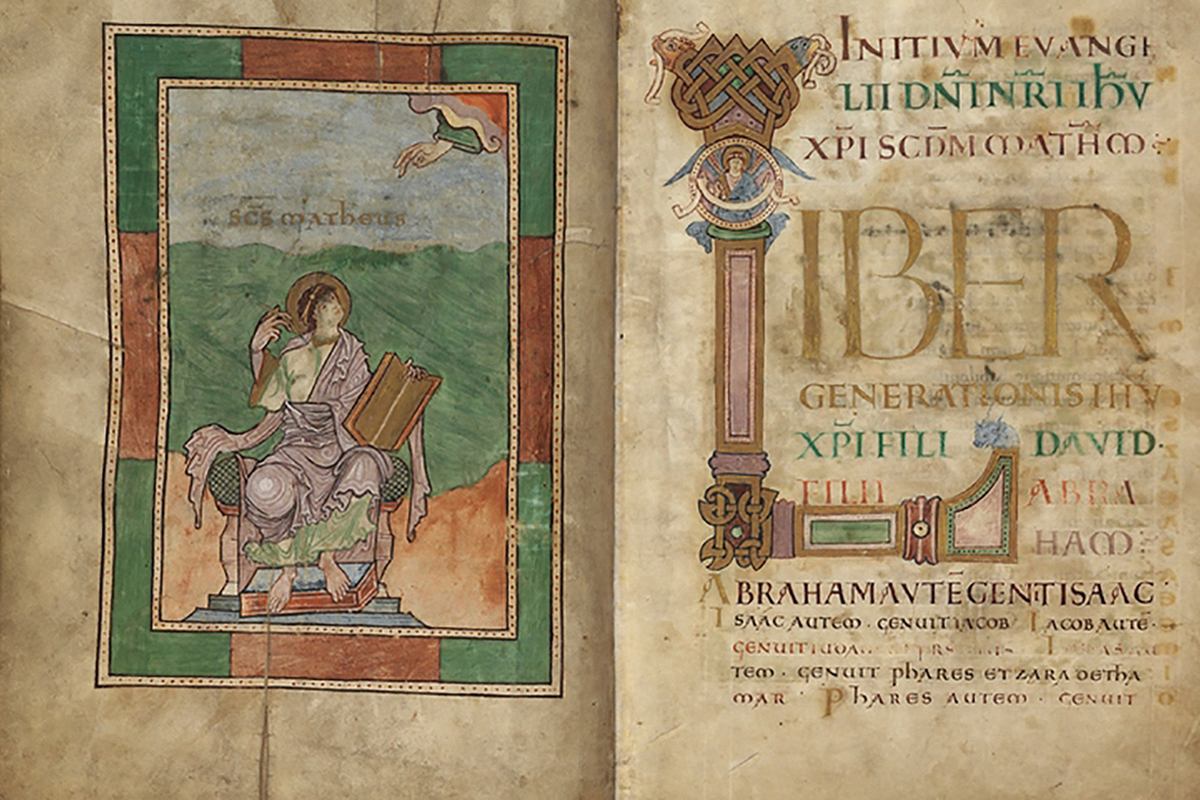
COPENHAGEN, DENMARK—Research on the proteins and DNA held in medieval parchment manuscripts is providing new insights into how the manuscripts were made and used, according to a report from New Scientist. Researchers from the University of Copenhagen, University of York, and Trinity College Dublin studied manuscripts including the York Gospels, which were written around A.D. 1000. Since conventional methods of extracting DNA from the manuscripts were deemed too invasive, the researchers used rubbings from the parchment that are removed as part of routine cleaning and typically discarded. The proteins found in the rubbings indicated that the York Gospels were primarily made from cattle, while some pages were made from sheepskin. A Gospel of Luke dating to the twelfth century and owned by Cambridge University’s Corpus Christi College was found to have been made with skins of calves, sheep, goat, and two different species of deer. DNA from the rubbings suggests that most of the animals used to make the parchment were female. In addition, pages of manuscripts containing clerical oaths that would have been touched or kissed regularly were found to contain higher levels of human DNA. “You can even see the use to which the text is being put,” said Matthew Collins of the University of Copenhagen, “which is kind of amazing.” For more on manuscripts, go to “Scroll Search.”







